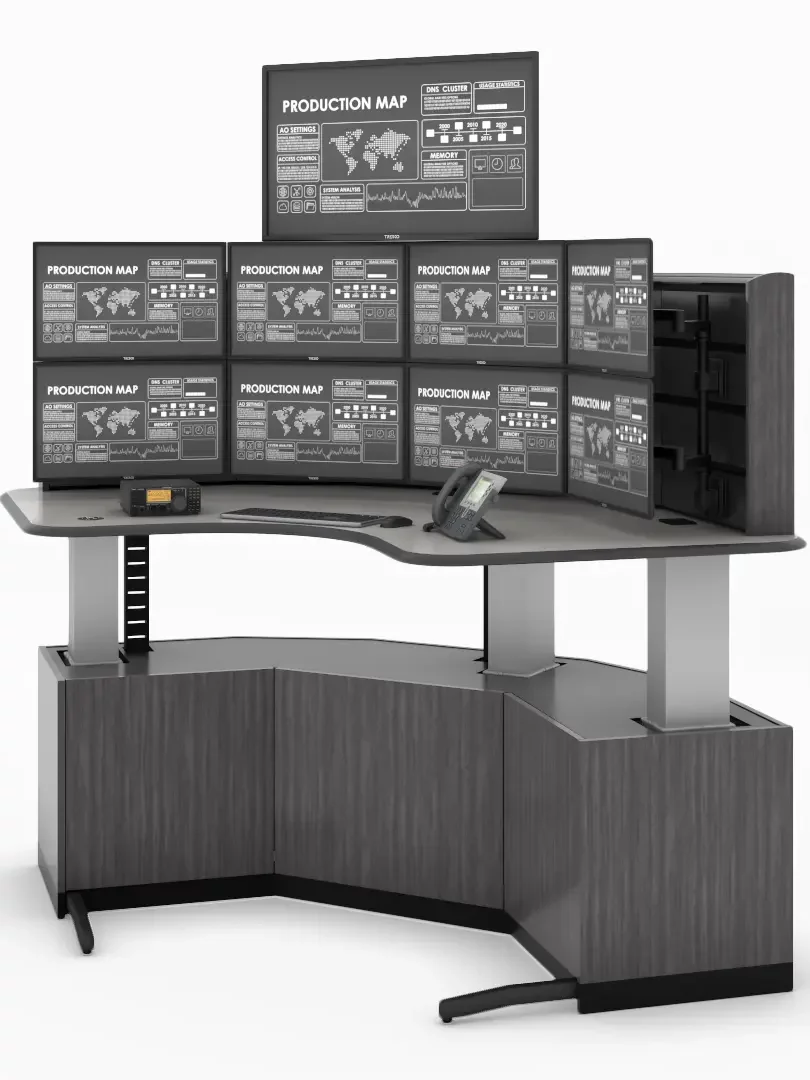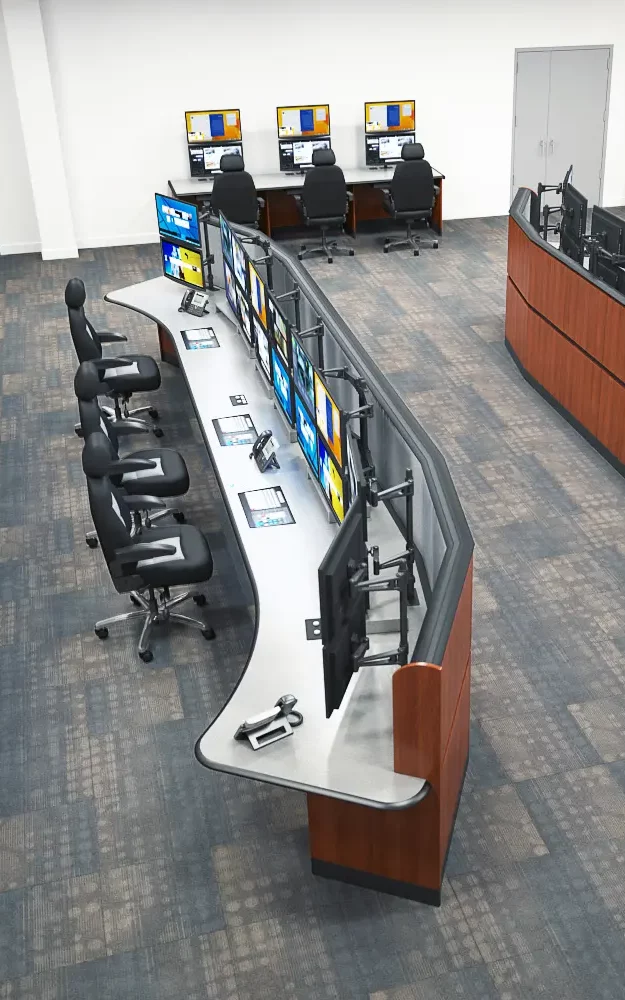6 Training and Simulation Techniques
For Control Room Professionals
You Should Know About
In today’s fast-paced control room environments, ensuring that operators are equipped with the right training and simulation tools is paramount. Traditional methods are making way for more advanced, immersive training and simulation techniques, amplifying the capabilities of control room operators. Let’s dive into the revolution, and introduce you to how Tresco is elevating the standards with their user-centric designs.
- High-Fidelity Simulators
- Augmented Reality (AR) and Virtual Reality (VR)
- Critical Task Analysis
- Human Factors Training
- Continuous Learning systems
- Multi-team Coordination Simulation
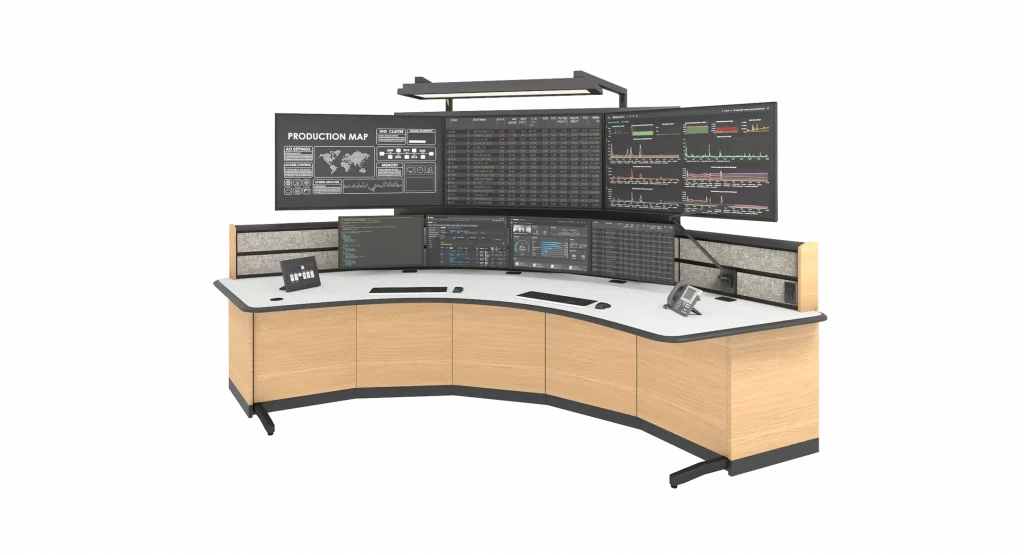
High-Fidelity Simulators
These are exact replicas of the control room systems. They allow operators to practice dealing with routine and emergency scenarios in a safe environment. For example, in a nuclear power plant, simulators can replicate the exact behaviors of the plant under various conditions.
This custom-built scenarios are based on real-life events or potential challenges. Operators need to be trained to handle these situations, ensuring they understand the correct protocols, reactions, and procedures.
With the flexibility and adaptability of Tresco’s console designs, you can customize your training and simulation environment to look exactly like the real thing, where operators can experience true-to-life simulations with unparalleled ergonomic design. This is a critical advantage considering that for some industries spatial awareness is crucial (like offshore oil rigs or large industrial plants), having a physical mock-up of the space can help operators understand the environment better and plan their actions during emergencies.
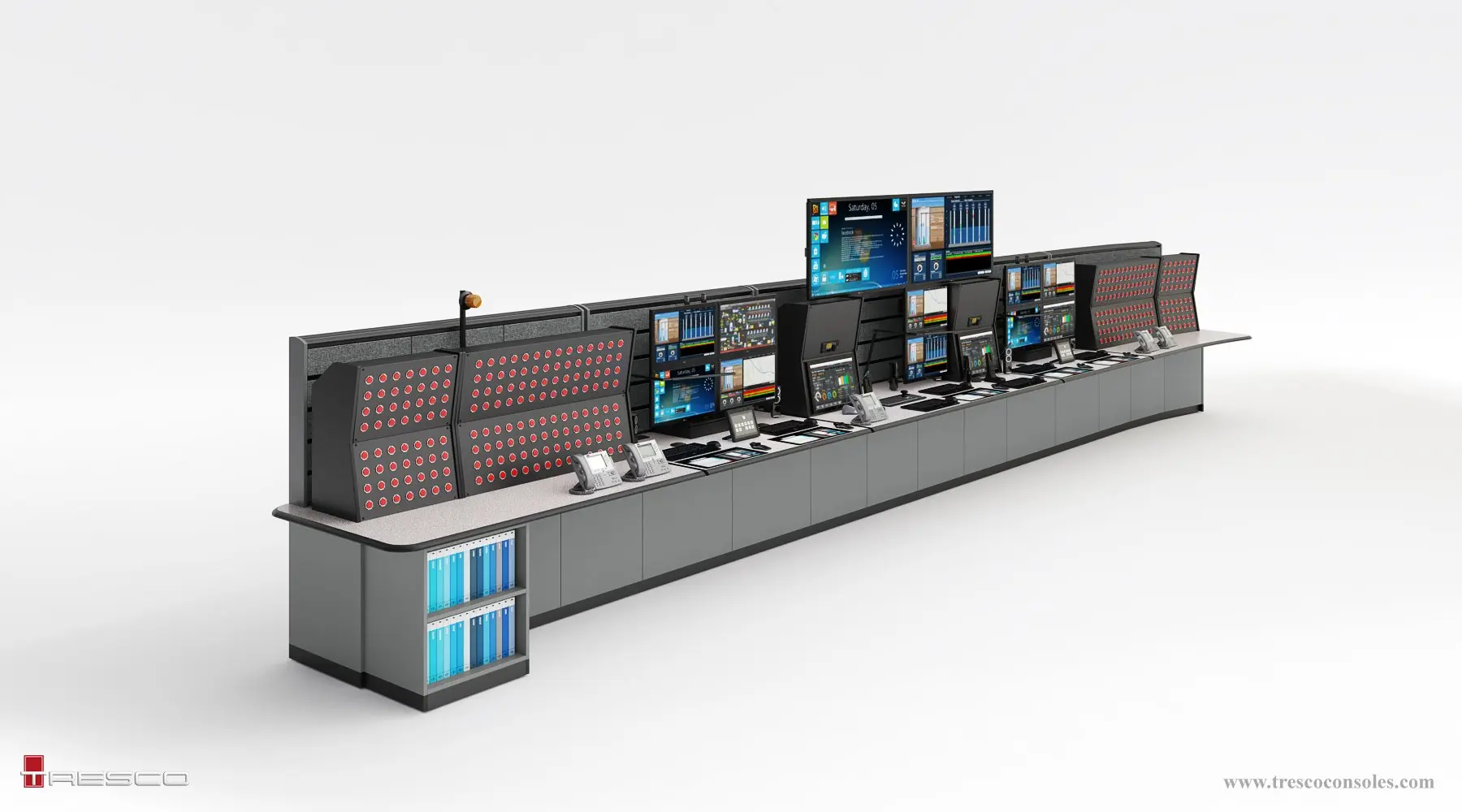
Augmented Reality (AR) and Virtual Reality (VR)
Harnessing cutting-edge AR and VR technologies in modern control room training transcends traditional methods, offering simulations of critical scenarios within a highly immersive 3D space. The trainees are immersed in a controlled, interactive environment, setting the stage for more effective learning experiences. This technique aligns seamlessly with the concept of digital twinning, a pivotal aspect in mission-critical operations. Digital twinning involves constructing an accurate, virtual counterpart of a physical asset, complete with its operations and protocols. This allows for comprehensive real time monitoring, simulation, and analysis, thereby amplifying operational efficiency and sharpening decision-making skills.
At the core of this digital transformation are Tresco’s control room consoles, thoughtfully engineered to prioritize operator ergonomics and optimal field of view. The design ensures that trainees can concentrate fully on their tasks, fostering a training environment where attention to detail is paramount and potential distractions are mitigated.
Critical Task Analysis
This involves identifying the most critical tasks that operators must perform and then ensuring that they receive specialized training for each of these tasks. Furthermore, processes can be improved using data analytics and machine learning, operators can also review and analyze historical data to predict potential future issues or challenges within these critical tasks. This proactive approach can be a game changer in mission-critical operations.
Human Factors Training
Acknowledging the human factor is essential in managing control room operations. Training that addresses the psychological components of control room management cognitive biases, stress management, team dynamics, and effective communication becomes indispensable. Human error can often be the biggest risk in high-stress scenarios, making it imperative for operators to be trained in recognizing potential errors and implementing strategies to prevent them.
Comprehensive training and simulation programs are designed to hone the soft skills that are often overlooked, yet are critical in a high-stakes environment. Operators learn to identify their cognitive biases-tendencies that can lead to faulty reasoning or decision-making and to apply strategies to counteract them. Stress management training is also crucial, as it equips operators with tools to maintain composure and clarity under pressure. Further, team dynamics education teaches individuals how to function within and contribute to a team effectively, ensuring smooth operations. Communication skills training ensures that messages are conveyed and received with precision and understanding, which is vital for the swift coordination required in emergency situations.
To complement this human-focused training, Tresco integrates the principles of ISO 11064 in their control room design, which encompasses ergonomic considerations to optimize operator health, safety, comfort, and performance. This adherence to international ergonomic standards ensures that each console provides the maximum comfort for operators, allowing them to maintain focus on their tasks with minimal distractions or physical strain. The design of the consoles also takes into account the need for operators to maintain an optimal field of vision and to interact efficiently with control systems, which is vital in maintaining situational awareness and making informed decisions.
Tresco’s commitment to ergonomics and a user-centric design philosophy means that operators are not only trained to be aware of and manage the human factors in their work environment but are also supported by a physical workspace that promotes well-being and peak performance. By addressing both the psychological and physical aspects of control room operations, operators are better prepared to handle the complexities of their roles, resulting in a significantly reduced risk of human error and enhanced operational efficacy.
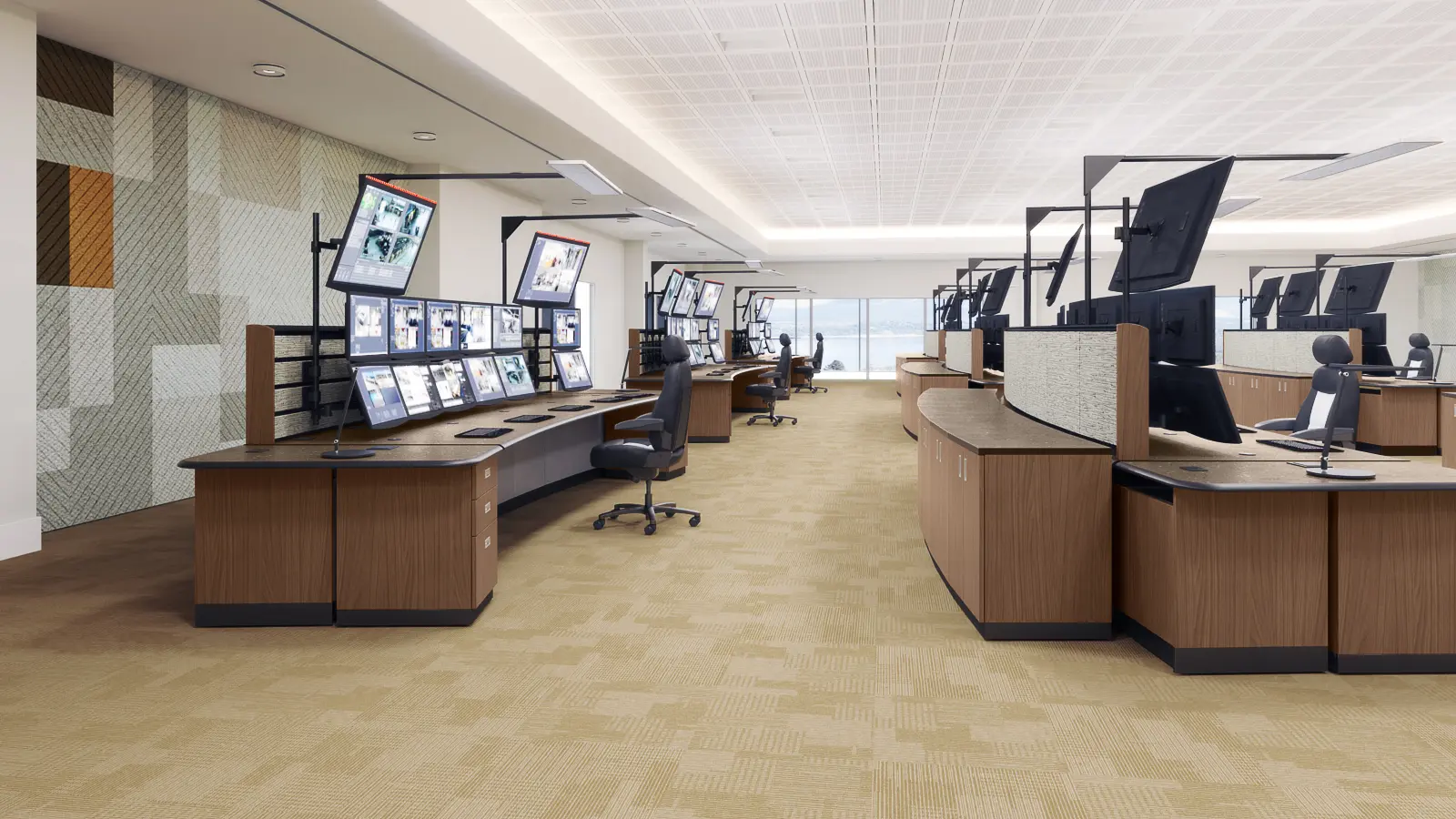
Continuous Learning Systems
After simulations or real events, a comprehensive debrief is critical. This involves reviewing what went well and what didn’t and discussing lessons learned to further enhance the team’s capabilities to respond in critical situations. With the evolving nature of technology and procedures, platforms and systems that offer continuous learning opportunities are invaluable. These platforms might include online courses, webinars, or workshops that keep operators updated on the latest best practices.
Multi-team Coordination Simulations
Effective coordination between various agencies is crucial in industries ranging from energy to transportation, where rapid response to incidents is essential. In such high-stakes scenarios, the ability to work seamlessly with external teams, including emergency responders, becomes a cornerstone of operational success. Training programs that mimic the dynamics of multi agency response play a critical role in preparing teams for such collaboration. Through realistic simulations, operators can fine tune their communication skills, decision-making abilities, and operational strategies to align with those of other critical stakeholders.
Tresco’s bespoke control room consoles are at the heart of these training simulations. Each console is meticulously designed and tailored to accommodate the specific needs of the industry and the training scenario. With the ability to customize every aspect of the console, Tresco ensures that the physical workspace is conducive to the collaborative spirit required during multi-agency operations. Whether it’s adjusting the height for ergonomics, integrating technology for better communication, or configuring the layout for maximum efficiency, these consoles adapt to support a unified response.
Moreover, Tresco’s solutions go beyond mere functionality. They are crafted to blend into various cooperative space arrangements elegantly, thus promoting a sense of harmony and cohesiveness across teams. This attention to the physical environment ensures that operators gain a holistic understanding of the workspace, which is pivotal when coordinating with external teams. As they train in environments that mirror real-life control rooms, operators become adept at navigating the intricacies of their workspaces, resulting in smoother, more effective collaboration during actual events.
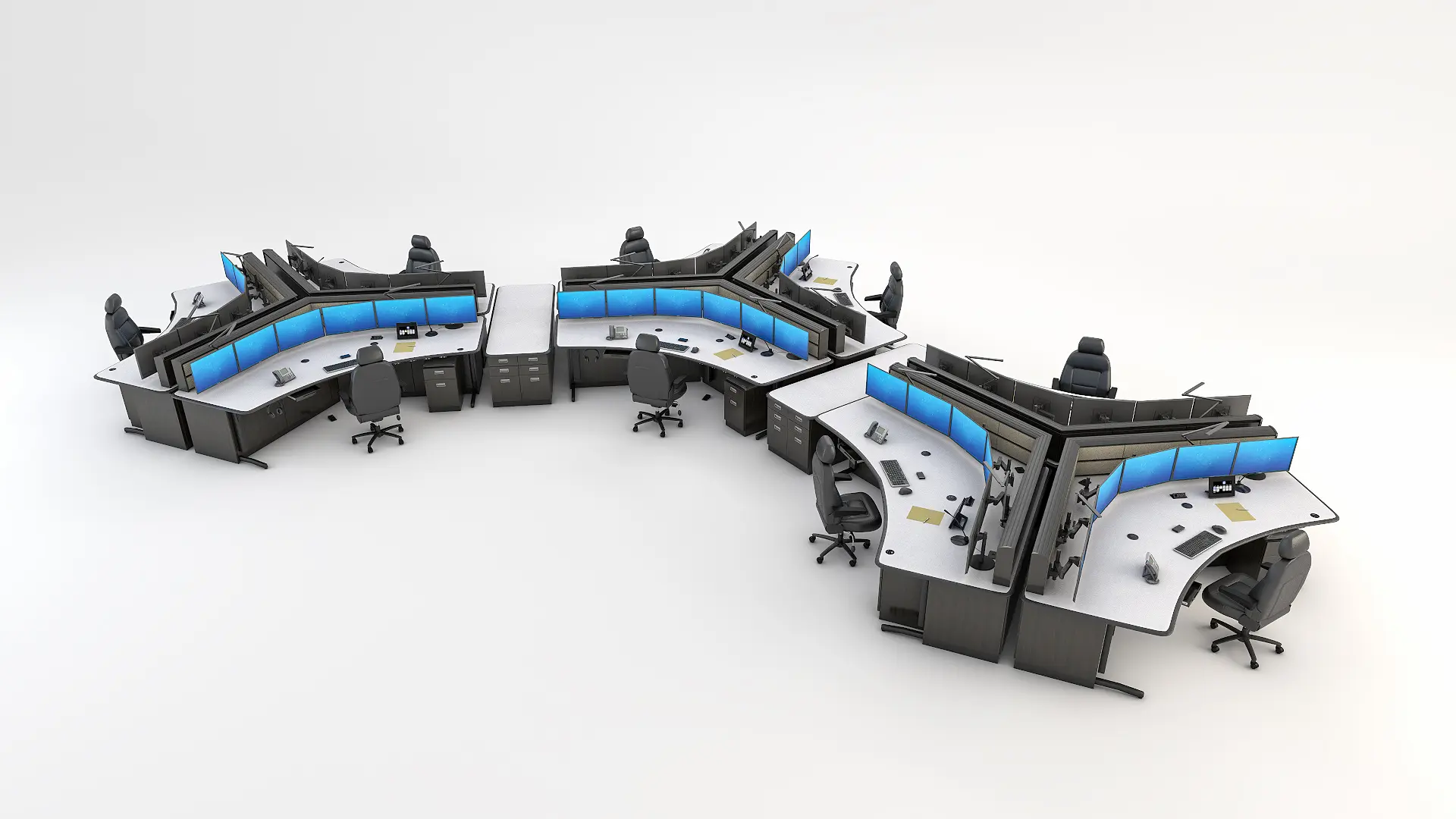
Why Tresco Stands Out
Tresco understands that maintaining the highest standards in the control room industry demands more than just one tool or technique. It requires a holistic approach. The exact blend of tools and methods will vary based on industry specifics and the unique challenges a control room might face.
But with Tresco’s Control Room Consoles at the heart of operations, operators can be assured of a user-centric design tailored for mission-critical tasks, and organizations can foster a preparedness culture through testing and simulation that transcends individual teams and equips operators with the confidence and capability to act as a unified front when faced with real-world challenges.
So, as the world of training and simulation in mission-critical operations evolves, make sure you’re equipped with the best.

